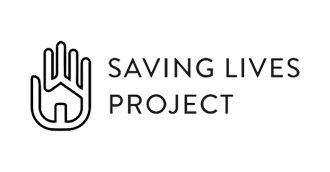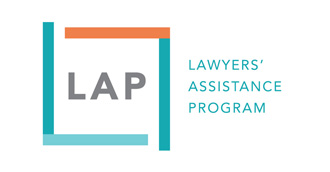Alcoholism and Sober Living Homes
Drinking is a big part of our culture in the U.S., so it may be difficult to recognize if a friend, family member, or loved one has a substance abuse disorder and is need of alcoholism rehabilitation counseling. After all, drinking is very prevalent in our country. A Gallop poll has revealed that 26 percent of respondents said that they sometimes overdrink; and according to a recent study, 10 percent of American adults consume an average of 10 alcoholic drinks per day. (Binge drinking is defined as five or more drink on a single occasion at least one time with 30 days, according to the Substance Abuse and Mental Health Service Administration).
Friends may feel uncomfortable confronting a loved one about their drinking habits because binge drinking has become a group activity, with it being normal to go out to intentionally get blackout drunk. Alcoholism is the third leading cause of death in America related to lifestyle.
The line between having fun and having a substance abuse disorder can become blurred. One of the root causes of the blurred line problem is that the definition of “just one drink” is also blurred from the start. A friend may say that they had “only two drinks,” but that quantity can mean many different things. A “standard drink” contains 14 grams of pure alcohol, which is about 12 fluid ounces of beer, eight to nine fluid ounces of malt liquor, five fluid ounces of wine, or 1.5 fluid ounces of a shot (according to The National Institute of Alcohol Abuse and Alcoholism).
The discrepancy usually takes a toll on the drinker because people usually underestimate how much alcohol they have consumed. This masks drinking patterns and prevents people from recognizing high-risk behavior. Low-risk drinking is defined as having less than three drinks in one day and no more than seven drinks total over the course of a week for women, and more than four drinks per day and more than 14 drink per week for men.
Alcoholism affects people indiscriminately across the socioeconomic spectrum, in every cultural and environmental demographic. If you attend an AA meeting, you will likely see people of all ages and races coming together to deal with their addictions. This is touching to see, but the message here is that alcoholism is not a disease of a specific group, but rather a threat to all communities.







COMMENTS